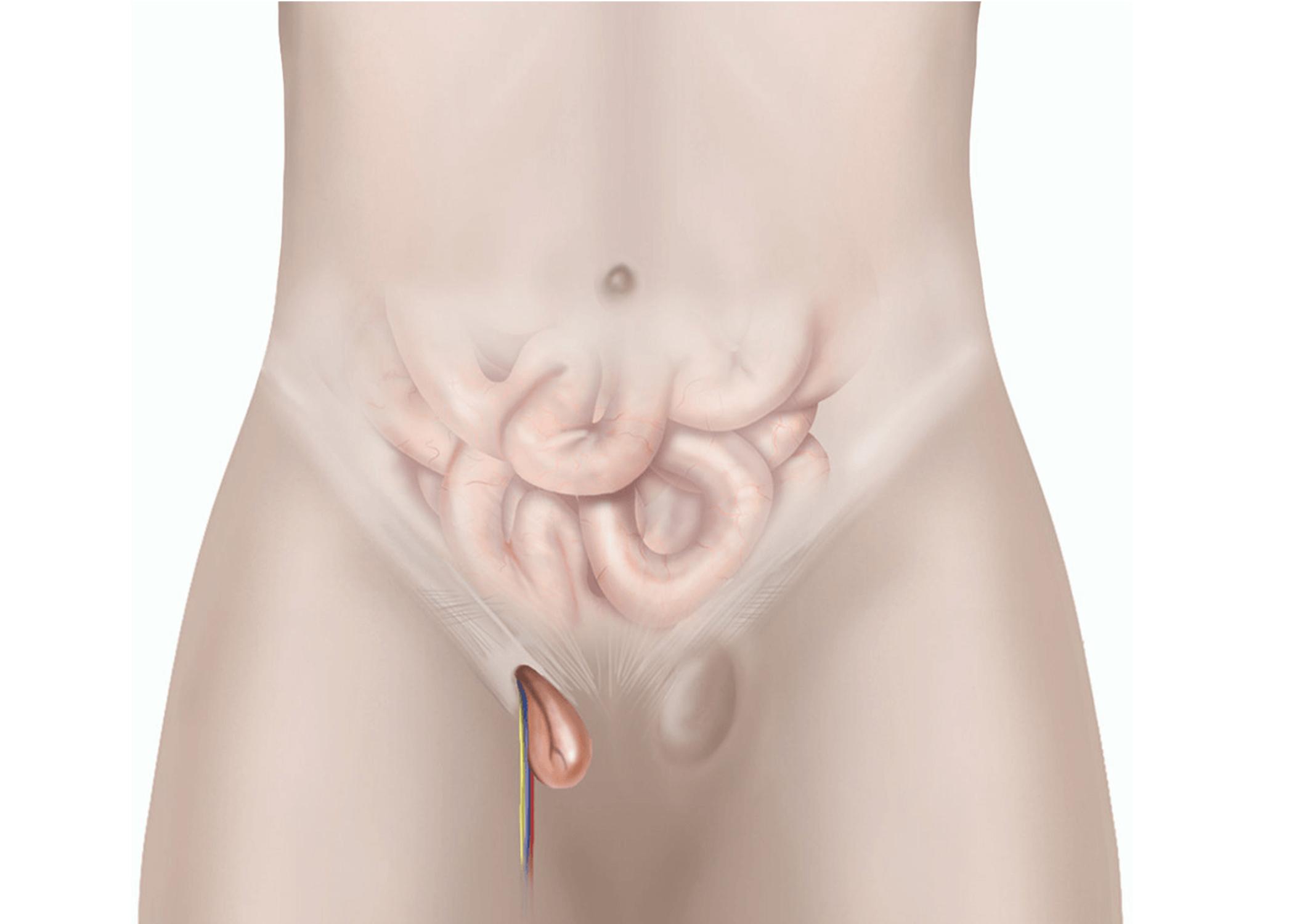What is Laparoscopic Hernia Repair?

Symptoms of Hernia
- A visible bulge or lump in the affected area (groin, belly button, or abdomen)
- Pain or discomfort, especially when bending, lifting, or coughing
- Feeling of heaviness or pressure in the abdomen
- Swelling that may reduce when lying down
- Burning or aching sensation at the hernia site
- In severe cases, nausea, vomiting, or inability to pass stools if the hernia becomes strangulated (emergency condition)
Procedure / Treatment
Pre-operative Preparation
Medical evaluation, blood tests, and imaging if needed
Fasting as advised before surgery
During Surgery
General anesthesia is administered
Small incisions are made near the hernia site
The laparoscope is inserted for a clear internal view
The herniated tissue is pushed back into place
A surgical mesh is placed over the defect to strengthen the abdominal wall
Incisions are closed with sutures or surgical glue
Post-operative Care
Same-day or next-day discharge in most cases
Pain management with medications
Gradual return to routine activities within a few days
Avoid heavy lifting for a few weeks as advised by the surgeon
Prevention
While not all hernias can be prevented, the following measures can reduce risk:
- Maintain a healthy weight
- Strengthen abdominal muscles with guided exercises
- Avoid straining during bowel movements; treat constipation early
- Practice proper lifting techniques
- Quit smoking to improve tissue health
- Seek medical care for chronic cough or conditions causing increased abdominal pressure
Benefits of Laparoscopic Hernia Repair
- Smaller incisions with minimal scarring
- Less post-operative pain compared to open surgery
- Faster recovery and earlier return to normal activities
- Reduced risk of infection
- Lower recurrence rates when performed by experienced surgeons
- Same-day discharge in most cases
Types of Hernia Treated with Laparoscopic Repair
Inguinal Hernia (Groin)
Most common type, occurring when intestine or fat protrudes through the abdominal wall in the groin area.
Umbilical Hernia (Belly Button)
Occurs when tissue bulges through the abdominal wall near the navel.
Ventral Hernia (Abdominal Wall)
Includes incisional hernias (developing at previous surgical incision sites) and primary ventral hernias in the abdominal midline.
